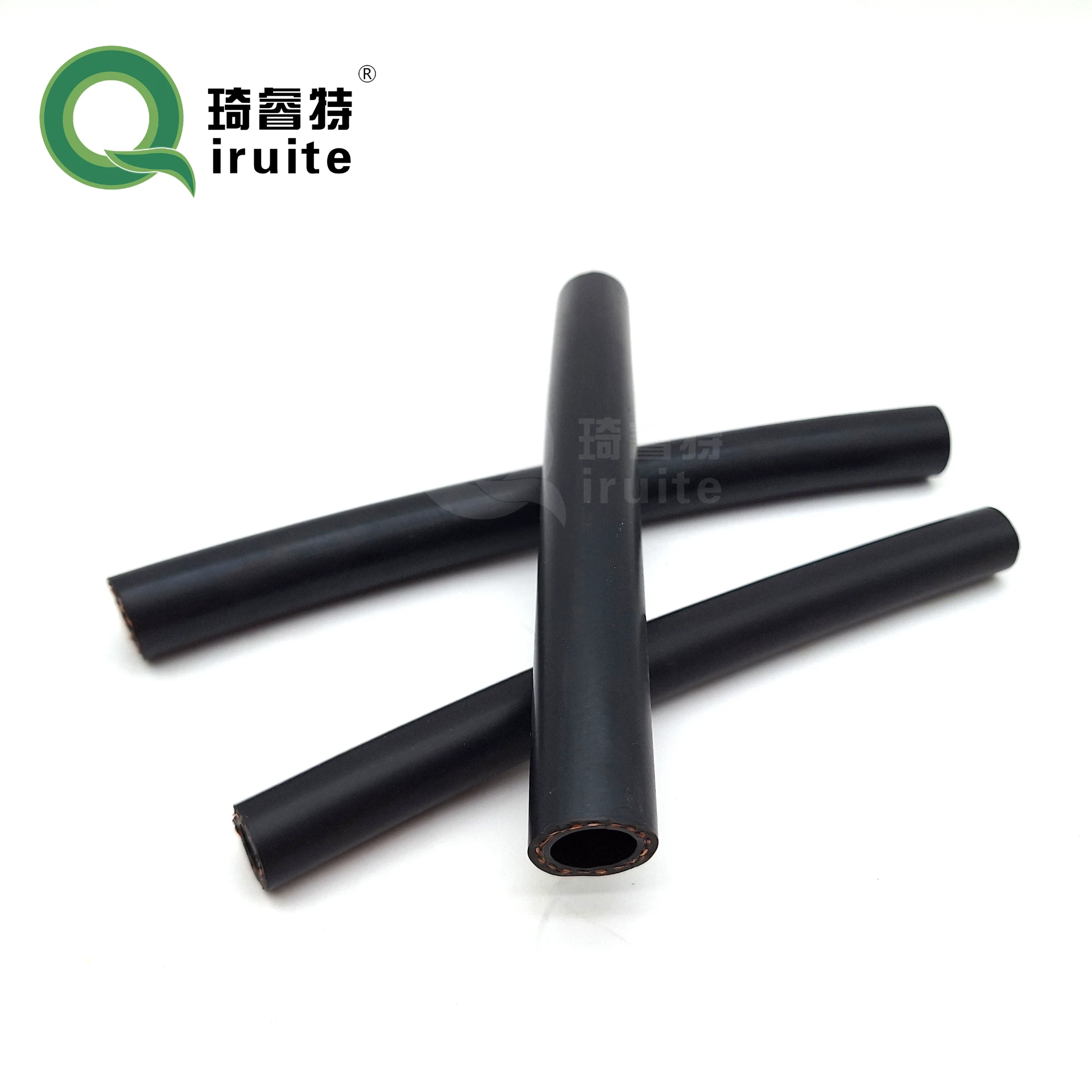changing high pressure power steering hose
Changing High Pressure Power Steering Hose A Step-by-Step Guide
Power steering systems are essential for ease of maneuverability in modern vehicles. The high-pressure power steering hose plays a critical role in this system by transporting hydraulic fluid from the pump to the steering gear. Over time, these hoses can wear out due to heat, pressure, and exposure to elements, leading to leaks and steering problems. If your vehicle exhibits signs of a failing power steering hose, such as fluid leaks or difficulty steering, replacing it should be on your to-do list. Here’s a comprehensive guide on how to replace a high-pressure power steering hose.
Tools and Materials Needed
Before starting the replacement process, gather the necessary tools and materials
1. New high-pressure power steering hose 2. Wrench set or socket set 3. Pliers 4. Towels or rags 5. Container to catch fluid 6. Power steering fluid 7. Safety goggles and gloves 8. Jack and jack stands
Step 1 Safety First
Before you begin, ensure your vehicle is parked on a level surface and the engine is off. Engage the parking brake for added security. Put on your safety goggles and gloves to protect yourself from any hydraulic fluid that may leak during the process.
Step 2 Accessing the Hose
To replace the high-pressure power steering hose, you will first need to locate it. Depending on your vehicle's make and model, some components may need to be removed for better access. Use a jack to lift the front of the car and secure it with jack stands.
Once the vehicle is lifted, locate the power steering pump and the steering gear. The high-pressure hose typically runs from the pump to the steering gear. Consult your vehicle’s manual for specific locations if needed.
Step 3 Draining the Power Steering Fluid
Before disconnecting the hose, it is crucial to drain the power steering fluid to minimize mess. Place a container under the power steering pump and remove the reservoir cap. Allow the fluid to drain into the container. Once drained, clean any spilled fluid with rags.
changing high pressure power steering hose

Step 4 Removing the Old Hose
Using the appropriate wrenches, carefully loosen and remove the fittings that connect the high-pressure hose to both the power steering pump and the steering gear. Be cautious, as there may still be residual fluid in the hose. Once disconnected, remove the hose from its mounting points.
Step 5 Installing the New Hose
Take your new high-pressure power steering hose and compare it to the old one to ensure it matches in size and length. Begin by installing the new hose in reverse order of removal. Securely tighten the fittings at both connections, but be careful not to overtighten, as this can damage the hose or fittings.
Step 6 Refilling Power Steering Fluid
Once the new hose is in place, it’s time to refill the power steering fluid. Slowly pour new power steering fluid into the reservoir, keeping an eye on the level. Make sure the fluid meets the specifications outlined in your vehicle’s manual.
Step 7 Bleeding the System
After refilling, you’ll need to bleed the power steering system to remove any air bubbles. Start the engine and turn the steering wheel from lock to lock several times. This can help expel any trapped air. Check the fluid level again and top it off if necessary.
Step 8 Final Inspection
With everything back in place, conduct a final check for any leaks around the hose connections. Lower the vehicle and take it for a short test drive to ensure the steering feels smooth and responsive.
Conclusion
Changing a high-pressure power steering hose is a manageable task for those willing to invest a little time and effort. By following these steps, you can maintain the efficiency of your power steering system and ensure safe driving. Regular inspections and timely replacements of worn components can prevent more significant issues and costly repairs down the road. Always consult your vehicle’s manual for specific instructions related to your model. Happy driving!
-
Ultimate Spiral Protection for Hoses & CablesNewsJun.26,2025
-
The Ultimate Quick-Connect Solutions for Every NeedNewsJun.26,2025
-
SAE J1401 Brake Hose: Reliable Choice for Safe BrakingNewsJun.26,2025
-
Reliable J2064 A/C Hoses for Real-World Cooling NeedsNewsJun.26,2025
-
Heavy-Duty Sewer Jetting Hoses Built to LastNewsJun.26,2025
-
Fix Power Steering Tube Leaks Fast – Durable & Affordable SolutionNewsJun.26,2025

